You will need:
- One small DC motor that operates off 1.5 volts
- One 1.5 Volt battery.
- 10cm of insulated wire
- Three felt tip pens
- A roll of insulation tape
- Paper, scissors and cardboard
- Wire Strippers.
- Optional: battery terminal, switch, soldering iron & solder plus hot glue gun & glue stick.
- One Plastic cup
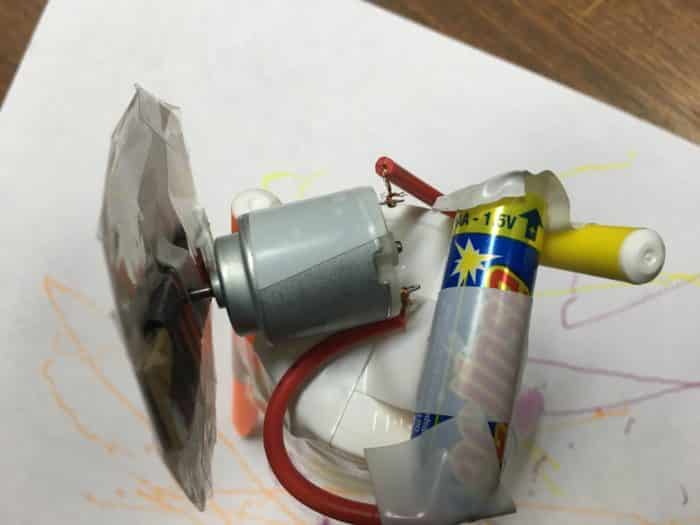
Turn the cup upside down. Tape the battery onto the top of the cup, leaving the battery terminal ends exposed.
Tape one of the insulated wires exposed ends onto a battery terminal, leaving the other wire hanging free. On the other side of the battery, add some tape that hangs loosely off the terminal so that you can tape the other insulated wire onto that wire to turn on the motor when needed. Of course, you could add a switch and a battery holder to make this easier but this design is made to minimize as much equipment as possible!

“How to attach the disc to the motor without using hot glue”
You’ll notice in the above photo that there is a disc attached to the motor shaft. You can create that by cutting out a circle of paper and attaching this to a strip of cardboard. This can now attach to the motor shaft. If you want the connection to be a bit more permanent you could use some hot glue.
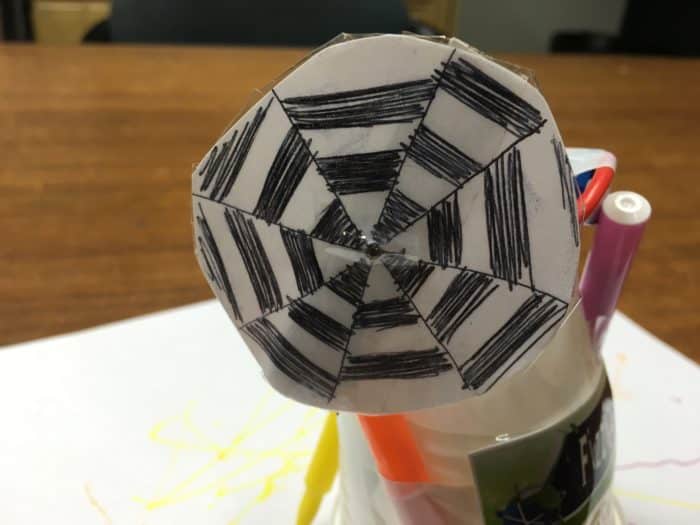
“Benham’s disc on the scribblebot”
You can draw on the front of the disc to either create a Newton colour wheel (rainbow wheel which spins to create the colour white) or perhaps a Benham’s disc (black & white wheel which seems to create colour as it spins!). In this case we put a Benham’s disc on the scribblebot.
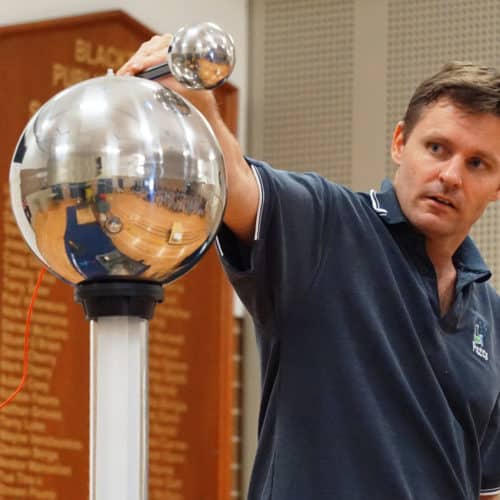
School science visits since 2004!
– Curriculum-linked & award-winning incursions.
– Over 40 primary & high school programs to choose from.
– Designed by experienced educators.
– Over 2 million students reached.
– Face to face incursions & online programs available.
– Early learning centre visits too!
Why Does This Happen
This experiment takes advantage of having an uneven weight spinning on a motor that is not in the centre of the robot’s balance. Spinning the uneven weight causes the motor to vibrate rapidly and this force is transferred to the body of the Scribblebot. As you also put the motor away from the centre of the robot’s balance the movement will be generally towards one side.
You could also decorate the scribblebot in other ways… check out these scribble bots made by students recently for a science fair at the Peninsular Community of Schools in Sydney.
Scribblebots at the Peninsular Community of Schools in Sydney science fair
Application
Spinning objects that are unbalanced causes a lot of vibration. When you get your car’s wheels balanced at the mechanic small weights are added to the rim of the tyre so that the weight is evenly distributed. This prevents unnecessary wear on the shock absorbers, struts and steering assembly of the car caused by the vibrations of unbalanced wheels, plus it reduces tyre wear. Balancing your car’s tyres makes your car safer to drive.
Variables to test
- Try placing the motor in different positions on the scribblebot (e.g. facing upwards).
- What happens if you add more weight on one of the pens?
- Does it matter where the battery is attached?
Lego Robotics
Years 3 to 6
Maximum 30 students
Workshop (NSW, VIC & ACT)
90 minutes, 3 hours or full day
STEM Full Day Accelerator - Primary
Designed from real classroom experiences, this modular day helps you create consistently effective science learning that directly address the new curriculum with easily accessible and cost-effective materials.
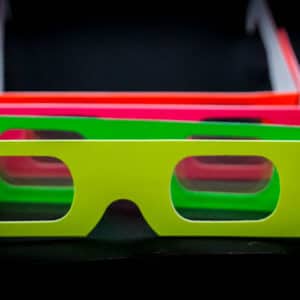



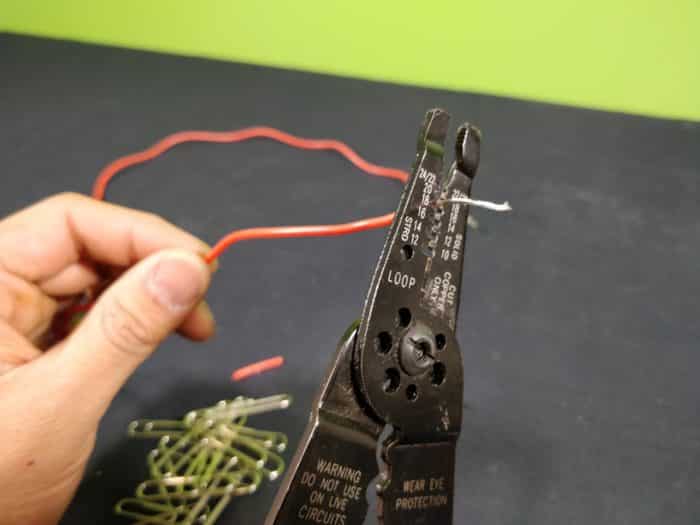
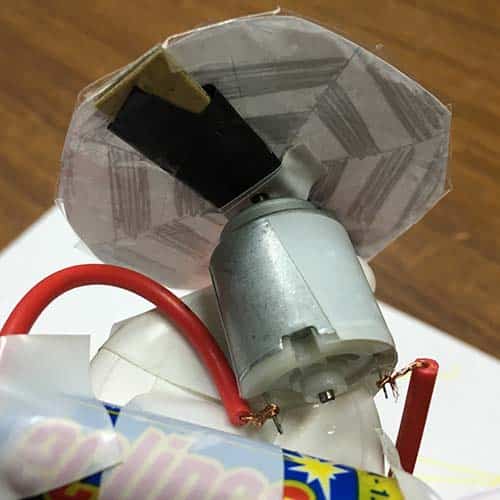

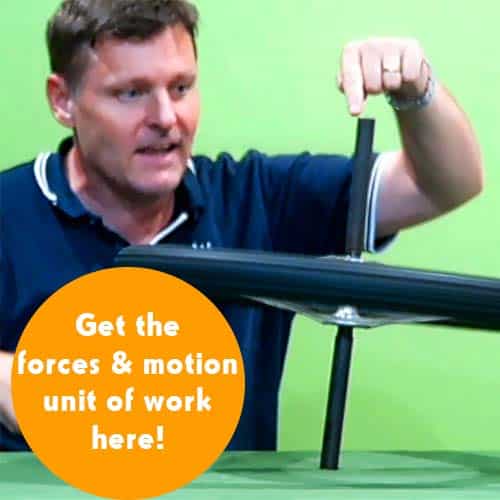
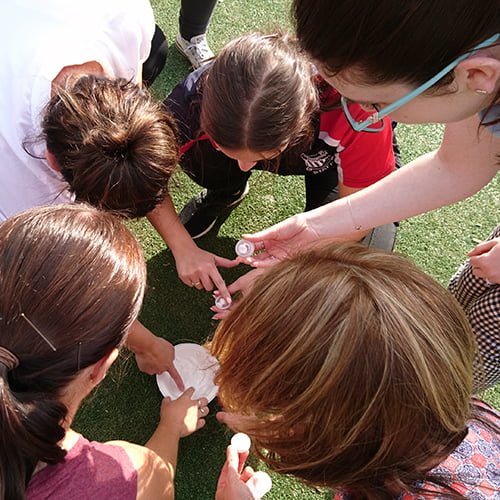







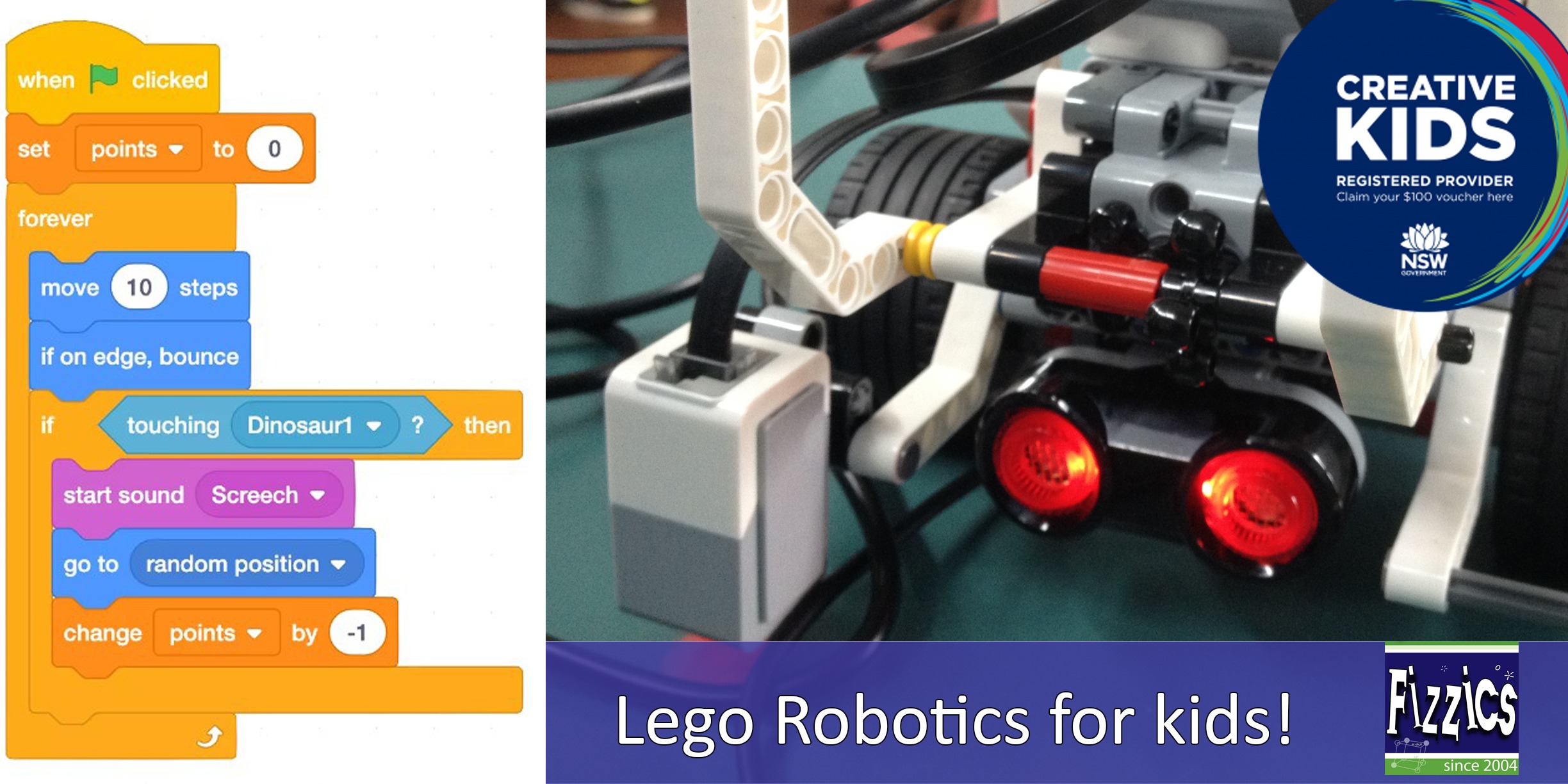
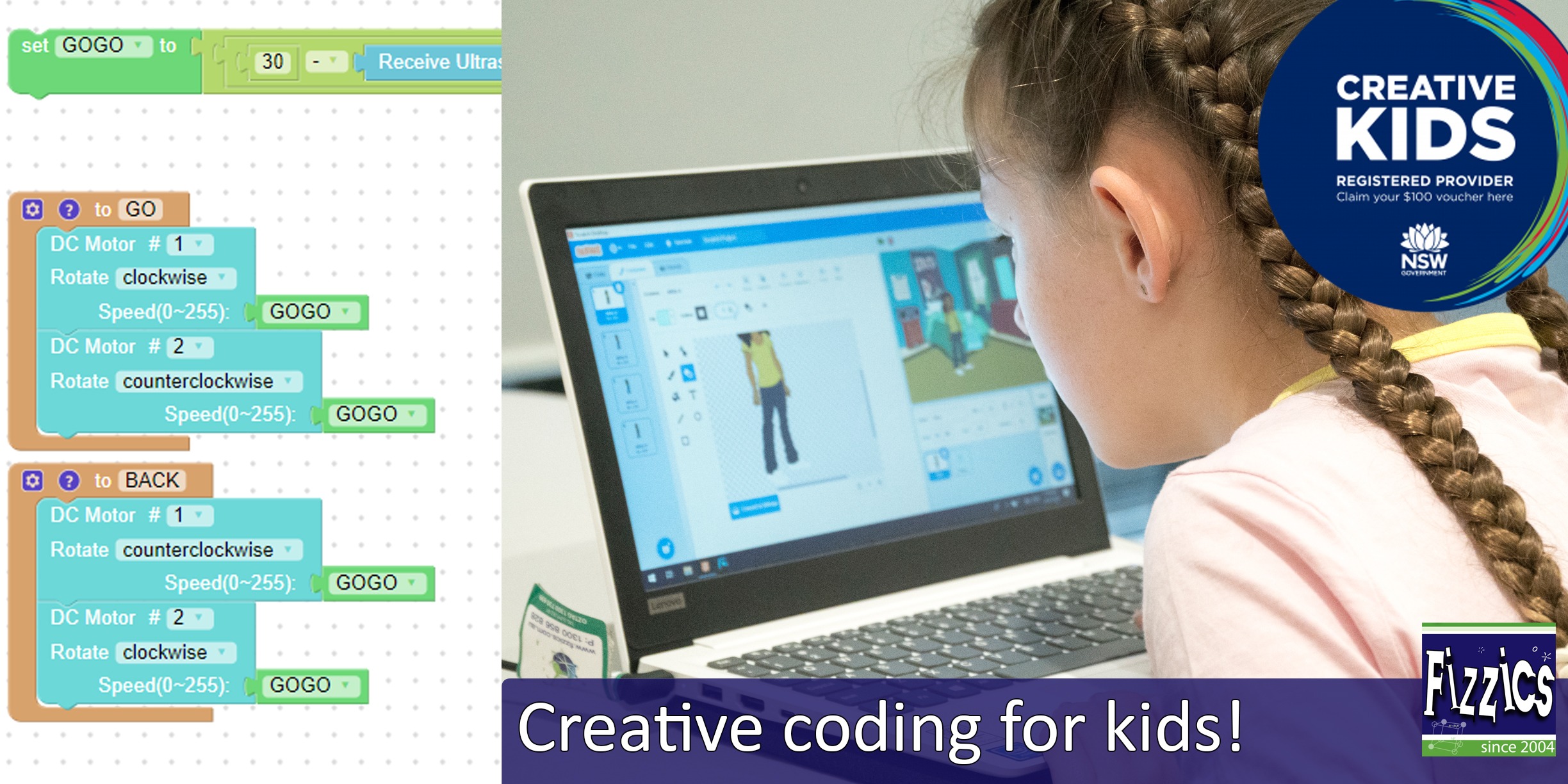
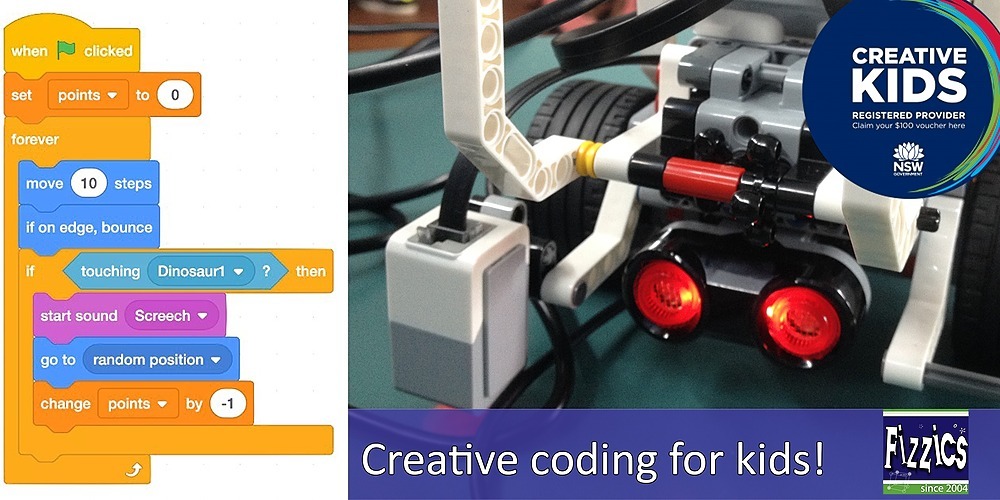














Comments